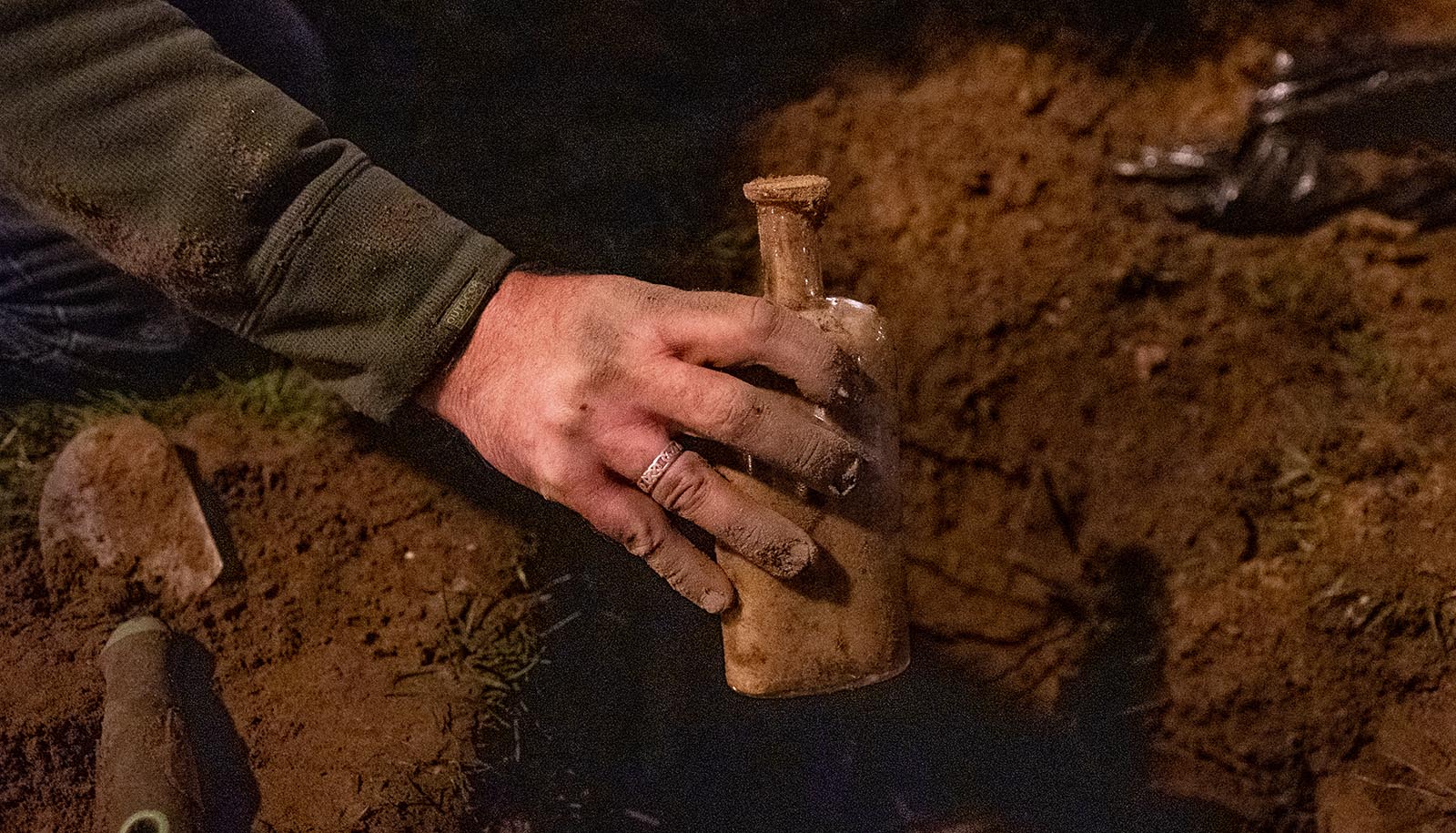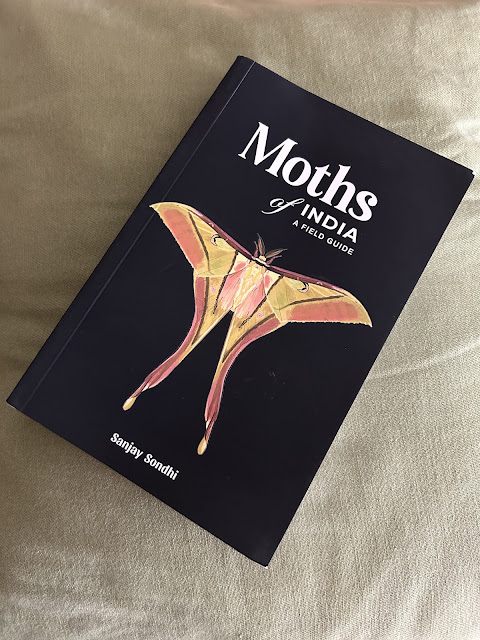Buried seeds are viable after 144 years, but mystery remains

How long can seeds remain viable? New findings hold an answer, but the mystery continues.
In April 2021, four plant scientists met at an undisclosed area of the Michigan State University campus to dig up a bottle containing seeds buried more than 144 years ago by botanist William J. Beal.
Fast forward to 2023, more than two years after the seeds were excavated from their secret location, molecular genetic testing has confirmed a hybrid plant was accidentally included among the seeds in the bottle—a discovery that would have surprised and amazed Beal because DNA was unknown at the time.
During his time on campus, Beal wanted to help farmers increase crop production by eliminating weeds from their farms, so he was determined to find out how long the seeds of these undesirable plants could remain viable in soil.
He filled 20 glass pint bottles with sand and 50 seeds from 23 weed species. Beal buried the bottles with their mouths slanting downward so water wouldn't collect, replicating as best he could the natural seed and soil conditions. And so began the Beal Seed Experiment.
Beal originally excavated every five years to test the seeds, which grew each time they were excavated. However, in 1920, it was decided to change the interval to 10 years to prolong the study. Then, in 1980, the interval was extended to 20 years. With four bottles still buried, the experiment will continue until 2100.
In 2021, the current team of Beal researchers excavated the 14th bottle of seeds buried on campus to see if they could finally answer the question: How long can seeds remain viable to grow?
"The biggest surprise to me is that the seeds germinated again," says Frank Telewski, professor emeritus, plant biologist, and Beal team leader. "It's amazing that something so old can still grow."
Since April 2021, the Beal experiment team members, including Telewski; Lars Brudvig, assistant professor of plant biology; and David Lowry, associate professor of plant biology, have been sequencing genomic DNA to confirm the plant species' identities for the first time in the history of the experiment. The Beal team's work appears in the American Journal of Botany.
The team always thought a hybrid was somehow mixed in with the original seeds but never had the tools to confirm it, until now.
"The molecular genetics work confirmed the phenotypes we saw, which is that the plants were Verbascum blattaria, or moth mullein, and one hybrid of Verbascum blattaria and Verbascum thapsus, or common mullein," Fleming says. "Beal stated that he included only Verbascum thapsus seeds, so some mix-up must have happened while the bottles were being prepared.
While most species in the Beal experiment lost all seed viability in the first 60 years, the persistence of Verbascum seeds provides invaluable information about seed viability in natural soil conditions, Brudvig says.
"In the 140-plus years since the experiment's start, the question of seed bank longevity has gained new relevance, including for rare species conservation and ecosystem restoration; for example, prairie plantings on former farmland," Brudvig says. "Our findings help to inform which plant species, like Verbascum, might be problematic weeds for a restoration project like this, and which other species may not, depending on how long a field was farmed before being restored."
Beal hoped to help farmers eliminate weeds by determining how long seeds would remain viable. After 144 years, that question remains unanswered.
"The Beal experiment will ultimately end when we run out of bottles," Lowry says. "If seeds germinate again from our next dig, we may need to consider extending the time between bottle extractions to every 30 years. It's still a little early to put it on my calendar, but I am looking forward to seeing if we can wake up any more seeds in 2040."
Source: Michigan State University



No comments:
Post a Comment